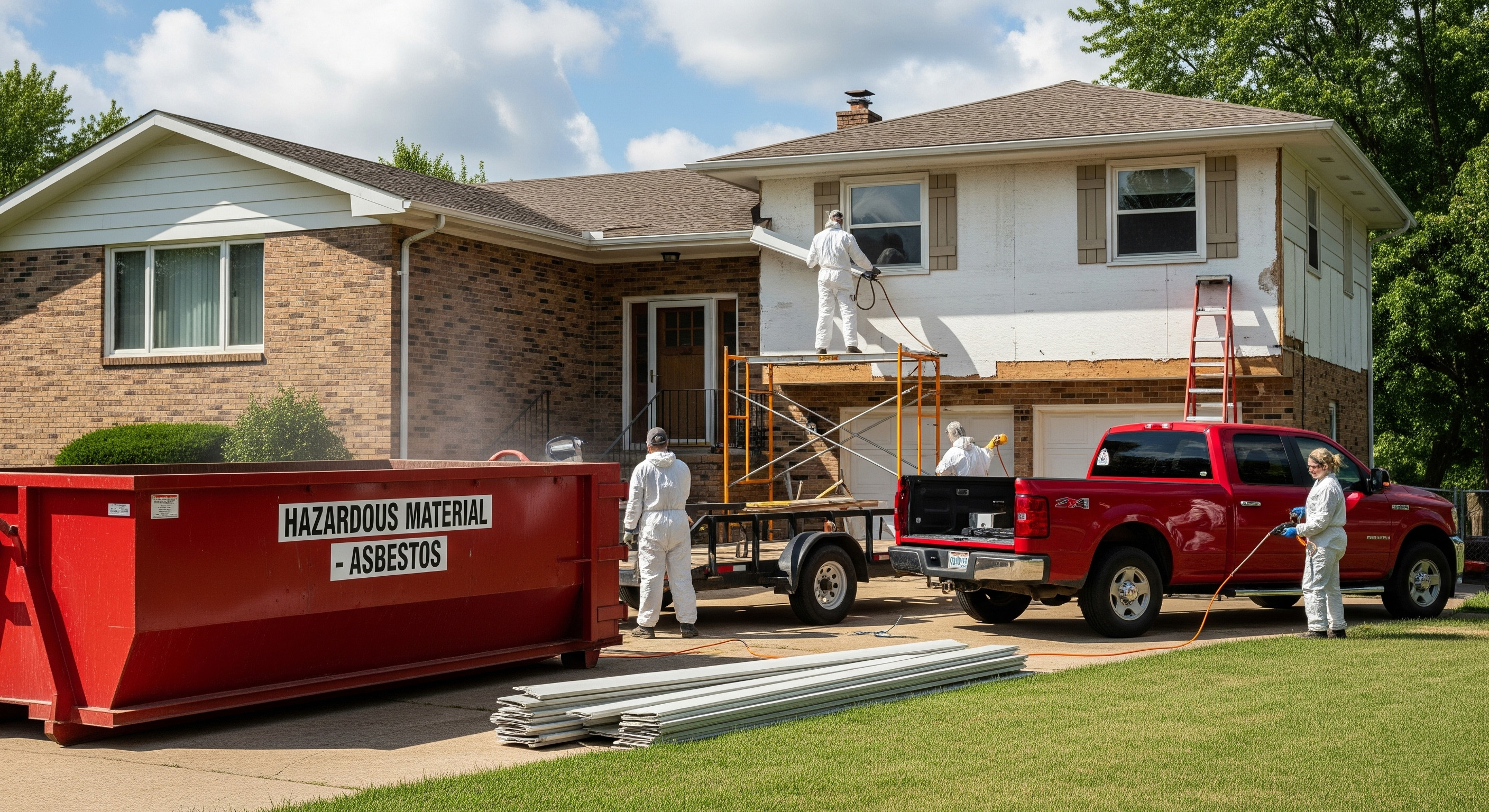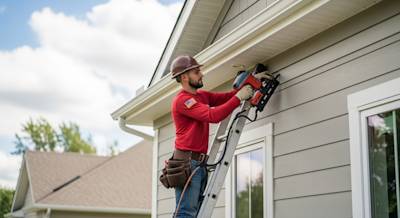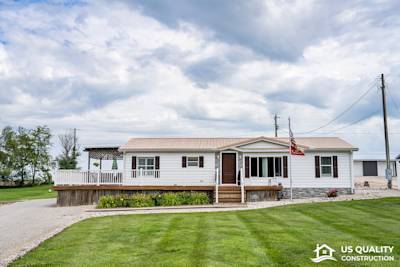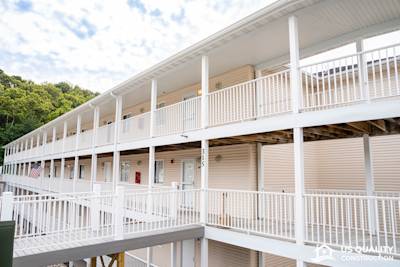Homeowners often feel a deep connection and pride in their residences. You may perform regular repairs and maintenance to ensure that it remains comfortable, functional, and vibrant. However, sometimes older homes can come with unexpected problems, like asbestos siding. Understanding what asbestos siding is, its history, risks, identification techniques, and remediation methods will help ensure the safety of your home and family.
Asbestos Siding: A Brief Overview
In the late 1920s, a new siding material, asbestos siding, was introduced. Asbestos became a popular choice due to its strength, durability, and resistance to fire and extreme weather conditions. It was often used in shingles and tiles to provide homeowners with low-cost, dependable protection for their homes.
The History of Asbestos Siding
Between the 1920s and 1970s, asbestos was seen as the "wonder material" for construction. It was commonly used due to the following reasons:
- Heat resistance
- Long-lasting
- Economical
- Highly durable
However, by the late 1970s, asbestos was linked to serious health issues, leading to a significant drop in its usage.
Health Risks Associated With Asbestos Siding
Prolonged exposure to asbestos fibers can cause serious health problems such as:
- Asbestosis, a chronic lung disease
- Mesothelioma, a rare type of cancer
- Lung cancer or other respiratory diseases
Remember, these risks occur when asbestos fibers are released into the air and breathed in. As long as the asbestos siding is not damaged or disturbed, it's not harmful.
How to Identify Asbestos Siding
Identifying asbestos siding can be a little tricky, especially for an untrained eye. Here are a few characteristics that may indicate the presence of asbestos:
- Age of your home: If your house was built between the 1920s and 1970s, there is a fair chance it may have asbestos siding.
- Overlapping patterns: Asbestos siding often overlaps in a unique pattern which may give you an indication.
- Design of siding: Asbestos siding often has a specific wavy bottom edge from where they were scored to be broken off into appropriate lengths.
- Use of a professional: If you suspect you have asbestos siding, it's always best to hire a professional asbestos inspector.
Regardless of how many of these signs your home may exhibit, the presence of asbestos can only be confirmed through a professional asbestos test.
Safe Handling and Remediation Methods
When dealing with asbestos siding, safety should be your top priority. Here are a few tips to consider:
- Damage Limitation: If the siding is in good condition and poses no immediate risk, it may be best to leave it alone. Disrupting undamaged asbestos siding may release harmful fibers.
- Encapsulation: This is a less intrusive option, where a special coating is used to seal off asbestos fibers from being released.
- Removal and Disposal: If you are planning a major home renovation or the siding is significantly damaged, full removal may be necessary. This process should always be handled by certified professionals to ensure safe disposal following EPA guidelines.
- Replacement: Once the asbestos siding is removed, you can replace it with safer alternatives such as fiber cement, vinyl, or wood siding.
Remember, all these considerations should be made in consultation with a trained professional.

Frequently Asked Questions about Asbestos Siding
How can I identify asbestos siding?
Identifying asbestos siding can be tricky because it can resemble other types of siding. Generally, asbestos siding is more brittle and has a slightly fuzzy appearance on the surface. The shingles also tend to be thicker than regular shingles and have one edge that's straight and another that's wavy. However, the only sure way to know if your siding contains asbestos is to hire a professional to take a sample and test it in a laboratory.
What should I do if I have asbestos siding?
If your home has asbestos siding, it's usually not a cause for immediate worry. As long as the material is in good condition and not releasing asbestos fibers into the air, it's considered safe. However, if the siding is damaged, deteriorating, or you're planning a renovation, you should consult with a professional. They may recommend encapsulation, repair, or removal.
Can I paint over asbestos siding?
Yes, painting over asbestos siding is a recommended way of maintaining the material and preventing it from degrading or releasing asbestos fibers. However, you should avoid sanding or drilling the asbestos siding as these activities can release harmful fibers into the air.
Can I remove asbestos siding myself?
Removing asbestos siding yourself is highly discouraged. Asbestos is a hazardous material that can cause serious health problems when its fibers are inhaled. Thus, removal should be performed by a professional who is trained in handling asbestos and is equipped with the necessary safety gear, including a respirator.
How is asbestos siding removed?
Asbestos siding removal is a complex process that involves wearing protective clothing and respirators, separating the work area to prevent the spread of fibers, using specialized tools to minimize fiber release, and proper disposal of the asbestos-containing materials. The process is usually performed by a licensed abatement contractor.
What happens to removed asbestos siding?
Once asbestos siding is removed, it's considered hazardous waste and must be disposed of properly. This usually involves sealing it in leak-tight containers and transporting it to a licensed facility that can handle asbestos waste. It's crucial that this process be done according to state and local regulations to prevent environmental contamination.
What can replace asbestos siding?
There are many alternatives to asbestos siding, including vinyl, wood, fiber-cement, and stucco. Many of these options are more environmentally friendly and pose less health risk. When choosing a replacement, consider factors such as the climate, the style of your home, and your budget.

Cons of Asbestos Siding
Health Risks
Asbestosis and Mesothelioma
The most significant disadvantage of asbestos siding, and the primary reason for its diminished use today, is the potential health hazards it poses. When the asbestos fibers become airborne and are inhaled, they can lead to serious lung conditions, including asbestosis and mesothelioma.
Respiratory Problems
Even if it doesn't lead to these serious diseases, the inhalation of asbestos fibers can cause difficulty breathing and other respiratory problems.
Damage Repair and Disposal Issues
Costly Repairs
While asbestos siding can be incredibly durable, in case it gets damaged, it can be quite costly to repair. This is because you need specific skills and protective equipment to handle asbestos safely.
Disposal Challenges
Disposing of asbestos siding is not as simple as throwing it in the trash. It requires a specific process to avoid the release of fibers into the air, and many areas have laws regulating how and where you can dispose of asbestos-containing materials.
Legal and Insurance Implications
Regulatory Restrictions
In many areas, new use of asbestos is banned or highly regulated due to its health hazards. This means that even if you wanted to use asbestos siding for its other benefits, you might legally not be allowed to do so.
Home Insurance Problems
Having asbestos siding can affect your ability to secure homeowners insurance. Some companies may refuse to insure homes with asbestos, others may charge higher premiums, and others may include specific exclusions for damage related to asbestos.
Summary
So, there you have it – asbestos siding can be a bit of a sticky wicket. If you have it, it's not the end of the world, but it's absolutely crucial to understand how to manage it safely or hire a professional who does. Peace of mind often outweighs the potential cost savings of a DIY job. With careful handling, asbestos siding poses minimal risk, but the potential health implications of improper handling are serious.
When considering the removal or maintenance of asbestos siding, your safety should be a top priority. Don’t hesitate to reach out to professionals if you suspect you have this element in your home. It might seem a bit inconvenient or even costly, but entrusting this task to skilled hands who know their trade shows respect not only for your own health, but also for the health of your community. It's better to be safe than sorry when dealing with asbestos siding.
So, let’s not forget about the flip side. Asbestos siding can also have its advantages - it is highly durable and fire-resistant. Issues only come into play if the material is disturbed. Hence, it's essential to be informed about its positives and negatives. Whether you are a homeowner dealing with asbestos siding or someone just interested in knowing more about it, remember the importance of safe and professional handling. This isn't a time to cut corners - awareness and vigilance are key.
About US Quality Construction
At US Quality Construction of Kansas City, MO, we believe in delivering nothing but excellence. We've been serving Kansas City's construction needs for over 25 years, and during that time, we've built a reputation as a trusted provider of high-quality construction and renovation services. We're a family-owned outfit, committed to crafting buildings that are not just bricks and mortar, but a reflection of our dedication, skill, and integrity. You can count on US Quality Construction for prompt, professional services and a final product that truly stands the test of time.##
Tags: removal, repair, dangers,













